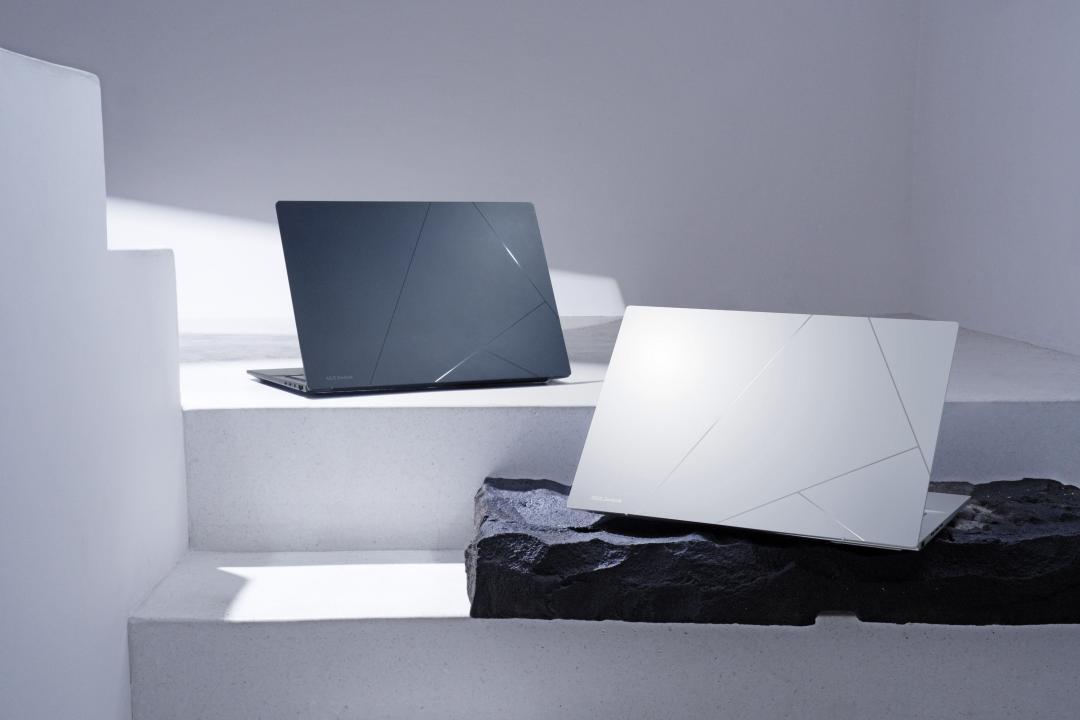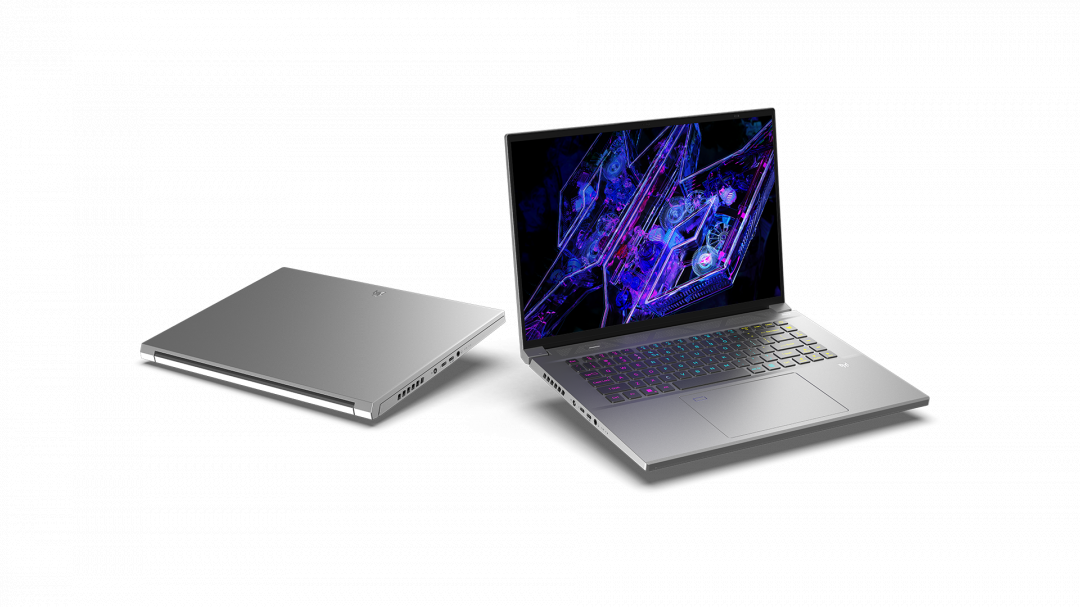各款式 全新筆電收購 收購ASUS筆電 收購ROG電競筆電 收購ACER筆電 收購Msi電競筆電 收購微軟SU 看全文

我們專業經營各項3C高價回收,收購電競筆電,文書筆電,輕薄筆 電,MSI,ASUS,ACER,HP,Razer,GIGABYBE,Microsoft,,多通路多管道,非坊間垃圾回收價,價格不怕您比較,歡迎企業戶汰舊換新,續約販賣,分期換現,電競筆電, 二手汰舊,手機,筆電,相機,鏡頭,空拍機
全新筆電收購
/
If you buy something from a Verge link, Vox Media may earn a commission. See our ethics statement.
I hate cables. I hide them in the walls behind my TV, I make them disappear around my desk, and I try to eradicate them everywhere else in my life. So every time I hear about something in the PC building community that involves hiding or removing cables, I get excited. Over the past few years, some of the biggest names in PC building have been making it easier to hide cables away and build a PC that showcases your skills.
I’ve built a lot of PCs over the past 25 years, and the main part of the process I hate the most is cable management. It often takes me longer to tidy up cables and route them properly than it does to put all the parts of a PC together. It’s especially bad if you’ve decided to build a PC with a bunch of RGB fans and an all-in-one (AIO) cooler. There are more cables to hide and more lighting to reveal any mistakes you make. Thankfully, a lot has changed in recent years.
Case manufacturer Lian Li helped push the PC building industry toward daisy-chained RGB fans with its Uni Fan a few years ago. Instead of two cables per fan (one for power and one for lighting), the Uni Fans connect together, so you only need to route a single cable for a block of fans. It’s a design that takes away a lot of clutter, so naturally it led to many competitors launching their own versions.
Corsair was one of them with its iCUE Link system. Launched last year, it offers daisy-chained RGB fans and AIO coolers that hide all the cables away. Corsair has even moved all the pump AIO cables into the tubes that route to the radiator, so you don’t have to worry about trying to hide them yourself.
I built a PC recently with the iCUE Link system and was surprised at how much of my cable headaches went away. I have 12 iCUE Link fans in total, with just three cables running to the rear of my Phanteks NV7 case. Without daisy-chained fans, that would be at least 24 cables to cable manage. Instead, there are the three cables and a little hub where the cables attach at the rear, which then feeds into your CPU fan header, USB, and a PCIe power connection.
While there are plenty of daisy-chained RGB fans on the market, I think Corsair has a good balance of features and performance. The iCUE Link fans have a “Time Warp” mode that makes it look like the fans aren’t spinning by synchronizing the strobing of the LEDs with the speed of the fans. It’s a gimmick as pointless as RGB itself, but if you’re spending all this money on making your PC look pretty, then why not have strobing fans, too.
The main iCUE app also lets you control individual lighting and fan speeds, along with reading the temperatures around a fan thanks to sensors embedded into iCUE Link fans. The LCD display on the iCUE Link AIO is also a neat way to display CPU / GPU temperatures or your favorite GIF.
The only drawback to this kind of fan system is the price. These are more expensive right now, regardless of manufacturer, and as the connectors and fans vary, you’ll likely have to plan your build out a little more. If you buy into iCUE Link, for example, then you can’t just add a Lian Li fan or Phanteks fan into the mix and have them work together in harmony because they all use different connectors. I also had to consider which way to angle Corsair’s connectors and how to daisy-chain them as there are limits to how many can chain on a single cable. But for me, that’s all still less of a hassle than routing individual power and lighting cables.
All of this improved cable management didn’t even exist five years ago, and there’s still room for improvement. At CES this year, it looks like we might be on the verge of making it easier to hide and route all the fiddly cables you have to connect up to a motherboard. MSI launched its Project Zero motherboard in October, and now Maingear is partnering with Phanteks to modify its popular NV9 case to hide the motherboard connections and case cables.
This means the power supply connections, audio, USB, and front panel headers are all accessible at the rear. Many PC case manufacturers still ship ugly USB connectors and front panel cables that ruin a showcase PC build, so anything to hide these away is welcomed. (Also, shoutout to Phanteks and others for unifying the front panel connectors into a single block.)
This latest motherboard trend has been emerging over the past couple of years. Gigabyte also collaborated with Maingear in 2022 and launched its own Project Stealth motherboard to hide the connectors. 全新筆電收購asus also created a “DIY-APE” set of motherboards that same year to try to push the industry toward better cable management. At CES this year, 全新筆電收購asus even unveiled a cable-free “BTF” RTX 4090 with a new PCIe-based connector that removes the need for a 12VHWPR cable.
The only disappointing part of this entire movement toward better cable management is that the entire PC industry hasn’t agreed on a standard for daisy-chain fans or motherboards and GPUs that hide the cables away. And that’s all probably down to patents, competition, and a desire to lock consumers into a specific system.
Lian Li filed a lawsuit against Phanteks and Thermaltake, alleging that both companies’ fan designs infringe on one of Lian Li’s patents. That lawsuit is ongoing, and how it plays out will have an impact on daisy-chained fans (see Gamers Nexus’ excellent report on the lawsuit). Since the filing of that lawsuit, Lian Li has also launched a version of its Uni Fans that have 1.6-inch LCD displays built into them. I’m sure we’ll see competitors turn that into a trend, too.
On the motherboard side, Maingear also owns an “MG-RC” patent on a design for a motherboard and case with hidden internal connectors, but it has shown it’s willing to partner with PC manufacturers. “Maingear is working to standardize MG-RC among PC case and motherboard makers, aiming to drive industry-wide adoption of this technology to benefit OEMs, system builders, and consumers,” says Maingear in a press release at CES. By the end of Q1, Phanteks will have a version of its NV9 with cutouts at the rear for MSI’s latest Z790 Project Zero motherboard.
All of these changes remind me of when power supplies went modular. The power cables still aren’t fully interoperable, but at least the industry improved that side of cable management so it was easier to swap out power cables for custom ones. Given that Corsair’s iCUE Link system is proprietary and Lian Li is filing lawsuits against competitors, it doesn’t look like an open standard will emerge for daisy-chain fans just yet.
While it’s a mess of standards, I’m still happy that the PC industry has finally realized cable management sucks. Daisy-chained fans and new motherboard designs are now shaking up how you can build that beautiful custom PC you’ve seen your favorite YouTuber or Twitch streamer showcase.
 (圖/華碩提供)
(圖/華碩提供)
Intel 今日正式推出新一代 Core Ultra 系列處理器,首度內建專門用來運算 AI 的整合神經網路處理器(NPU),台灣兩大電腦廠華碩、宏碁搭上這波浪潮,在第一時間揭曉首批 AI 筆電。
華碩 全新筆電收購asus Zenbook 14 OLED 將搭載 Core Ultra 處理器與 Intel Arc 顯示晶片,並且能提供智慧管理相機背景特效、追蹤使用者臉部與眼部動作等 AI 應用功能,協助視訊會議過程鎖定用戶的臉、眼部,並且擁有更強的 AI 運算能力支援往後的應用。規格方面,最高配備 1TB SSD 儲存裝置、32 GB 記憶體與 WiFi 6E 技術。售價 48,900 元。
宏碁則帶來兩款搭載 Core Ultra 處理器的新筆電,面向大眾消費者的 Swift Go 14 強調是「AI-Ready」,內建 Acer PurifiedVoice 可以在視訊會議的時候,降低背景噪音,另一款 Acer PurifiedView 則支援畫面的背景模糊、自動取景,確保視訊的人物保持在最佳位置。Acer AlterView 會以 AI 生成技術,將一張 2D 圖片轉換為 3D 動畫桌布。Swift Go 14 共有三款機型,建議售價 34,900 元起,最高規能選配 32GB RAM、512GB SSD 儲存空間。
 (圖/宏碁提供)
(圖/宏碁提供)
 (圖/宏碁提供)
(圖/宏碁提供)
瞄準電競玩家的 Predator Triton Neo 16 電競筆電,配有全新升級 Acer PurifiedVoice 2.0 技術,透過 AI 與三組麥克風,能阻擋外部的聲音與雜訊。上市資訊尚未公布。
全新筆電收購 全新筆電收購